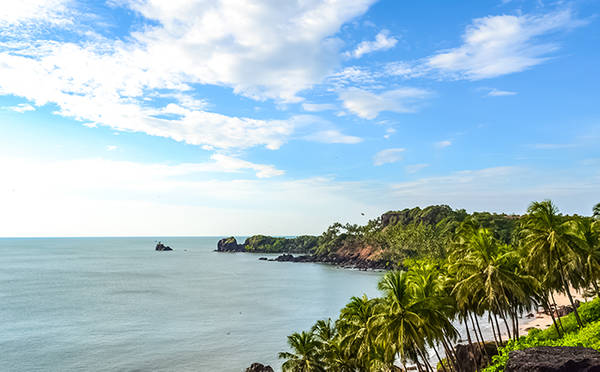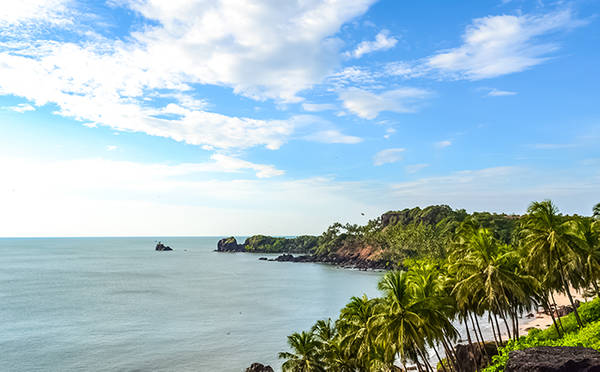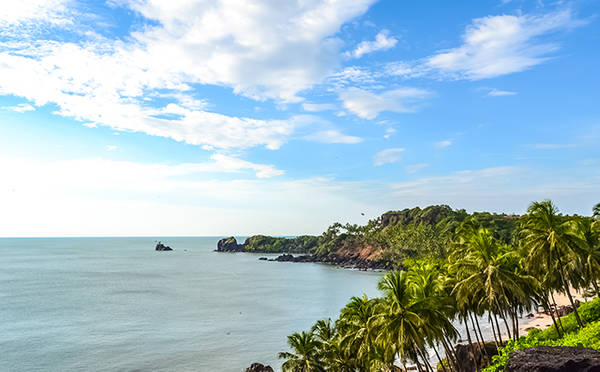These monuments of Goa exerted immense power in the 16th-18th centuries on the growth of architecture, sculpture, and painting by dispersal forms of Manueline, Mannerist and decorative art all through the countries of Asia where Catholic missions were established. In so liability they exemplify the work of missionaries in Asia.
The Portuguese traveler Alfonso de Albuquerque occupied Goa in 1510 and the Portuguese ruled the area until 1961. The colony of Goa, which has its centre in Old Goa, became the capital of the huge eastern Portuguese Realm, sharing the similar civic rights as Lisbon. By 1635, the following waves of Europeans brought about the expected decline of Goa.
In 1542 the Jesuits, who were obsessed by the passion of medieval crusaders, arrived in the city and Francis Xavier, one of the founders of the Society of Jesus, quickly became the sponsor saint of Goa. The churches in Old Goa meant to fear the local population into change and to amaze upon them the advantage of the foreign religion. The facades were so made tall and haughty and the interiors were superb, with bitter Bernini columns, adorned pediments, freely carved and gilded altars, and multicolored wall paintings and frescoes.
Local laterite was used in the building of the churches, which had to be plastered and ended with a lime whitewash, as the trimmings were sometimes of basalt. The colour white was so recognized with churches that the local government ruled that no house could be painted that colour.
Of the 60 churches inventoried in the 18th century by the city was deserted, seven key examples stay alive. The Sé Cathedral with its Tuscan exterior, Corinthian columns, raised platform with steps foremost to the entry, and barrel-vault is one more case of revival architecture. The paintings in the church were executed on wooden boards and set among panels with floral designs. Apart from for some statues which are in stone, most of the additional statues of the saints, the Virgin Mary, and Jesus were first carved in wood and then painted to decorate the altars.
The Chapel of St Catherine dating from 1510, the Church and Convent of Saint Francis of Assisi (which now houses the Archaeological Museum), and the Church of Bom Jesus where the mortal relics of St Francis Xavier relax, are a few of the finest in terms of design and style. Also of significance are St Gagtan and its seminary, Our Lady of the Rosary (one of the initial churches to be built), and the Tower of St Augustine, all that remnants of a convent built in 1572. The Church of St Cajetan has a frontage ornamented with lonic, Doric, and Corinthian pilasters.
Further monuments are partly or totally in remains, but they however comprise an archaeological store of significant interest.







 +91-7303039611
+91-7303039611